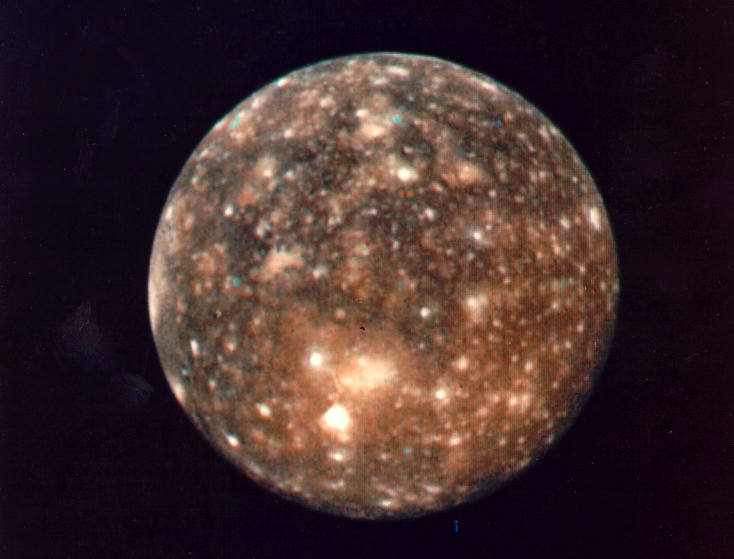
Callisto Information Page
Description
Callisto is Jupiter’s second largest moon and the third largest moon in our solar system. It’s about the same size as Mercury. In the past, some scientists thought of Callisto as a boring “ugly duckling moon” and a “hunk of rock and ice.” That’s because the crater-covered world didn’t seem to have much going on—no active volcanoes or shifting tectonic plates. But data from NASA’s Galileo spacecraft in the 1990s revealed Callisto may have a secret: a salty ocean beneath its surface. That finding put the once seemingly dead moon on the list of worlds that could possibly harbor life. Callisto was discovered Jan. 7, 1610, by Italian scientist Galileo Galilei along with Jupiter’s three other largest moons: Ganymede, Europa and Io. Callisto is n... ...Show More
Identifier (LID)
urn:nasa:pds:context:target:satellite.jupiter.callisto
Version
1.1